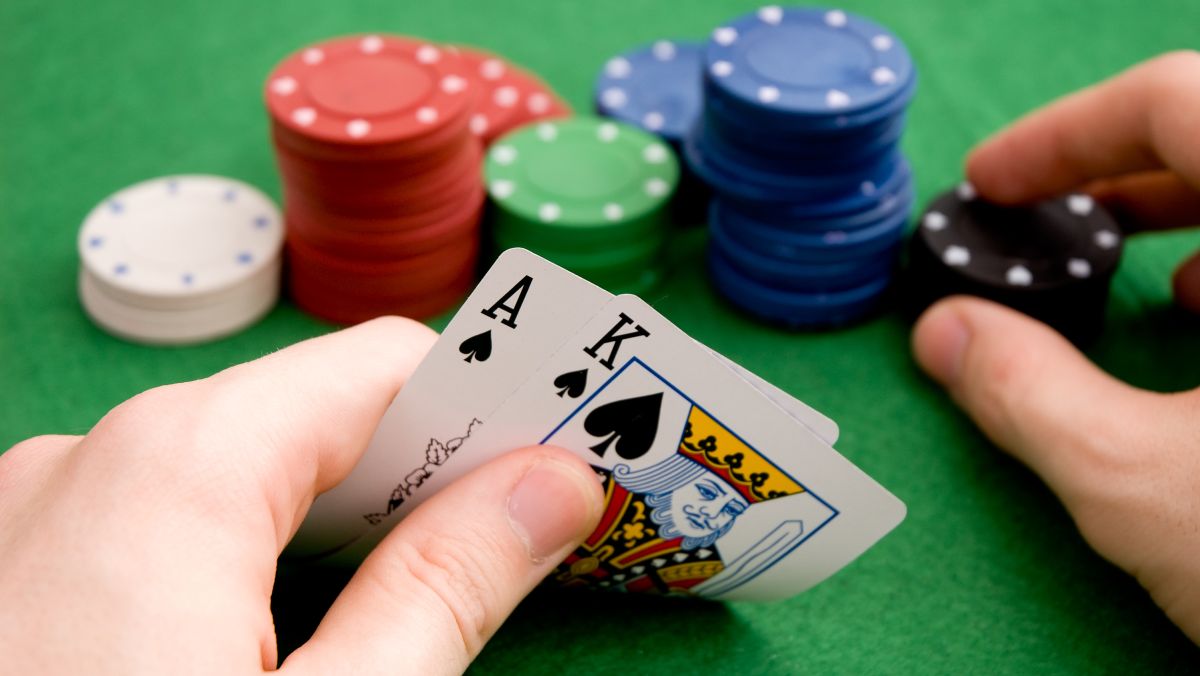
Poker is a game that requires a certain level of risk in order to have the opportunity to win big. It’s a game that has many different strategies and styles, but one thing all of the best players have in common is that they don’t play it safe. Playing it safe will cause you to miss out on some great opportunities where a moderate amount of risk could yield a large reward.
It’s important to be able to read your opponents and understand their tells. This includes things like their eye movements, idiosyncrasies and betting behavior. For example, if someone calls every time and then suddenly raises, it’s likely they have a good hand.
The first round of betting in a hand begins with everyone having the chance to call, fold or raise. Once the initial betting round is complete the dealer will put three cards face up on the table that anyone can use. This is called the flop.
After the flop there is another betting round. After the second round of betting is over the dealer will put a fourth community card on the board that anyone can use. This is called the turn. Then comes the final round of betting which is called the river. After the river is dealt there’s one last chance for players to call, raise or fold.
Having a solid understanding of basic poker strategy is essential, but you also need to know how to adjust your strategy as the game changes. The most important change is to be more aggressive when it makes sense. Aggression is vital to success, but it’s important not to become overly aggressive or you will end up wasting your money.
You should also pay attention to the size of a raise and stack sizes. If you are short stacked, you should play fewer speculative hands and prioritize high-card strength. On the other hand, if you’re playing deep stacked, you should be willing to bet more often and be more aggressive when you have strong hands.
Another mistake that a lot of new players make is that they don’t mix up their style. If you always play the same type of hand, your opponents will easily be able to pick up on what you have and it will be much harder to bluff.
You should also be willing to fold when you have a weak hand. Many beginners assume that if they’ve put a big amount of money into the pot, they might as well keep fighting for it. But this is a mistake that will cost you a lot of money in the long run. Learn to fold with confidence and you’ll save a lot of chips. You can then use those chips for a future game or invest them in a bigger bankroll. The key is to have a balanced poker style that combines aggression with smart calling and folding. This will help you maximize your winning potential in the long run.